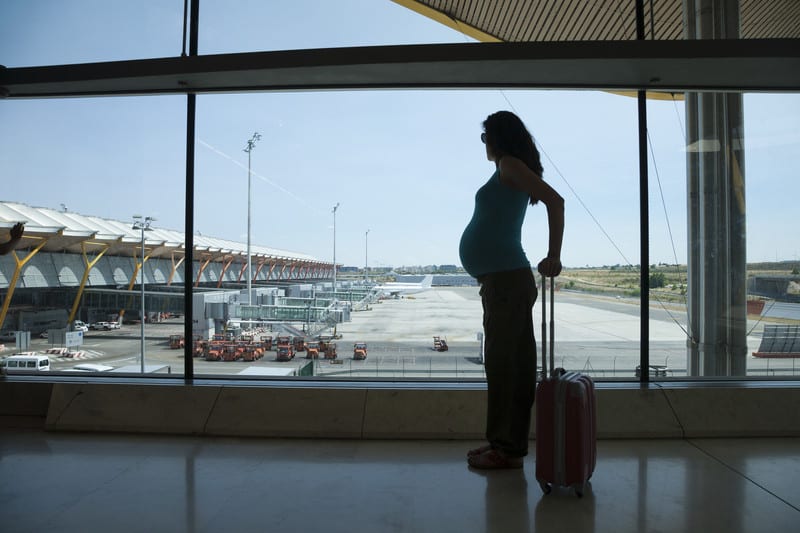How painful is Varicose Vein Treatment?
In the second of this educational video series, Jilanne Rose talks about the pain involved in various Varicose Vein Treatments. In some cases it's negligible!
Transcript
The ease with which we can eliminate varicose veins depends solely on what type of underlying problems you have. That question can’t be easily answered until after a thorough evaluation including an ultrasound. The discomfort that comes along with treatments for varicose veins varies with the type of treatment that you have.
1) With sclerotherapy, which is the least invasive type of vein treatment that is used to treat smaller veins that are closer to the surface of the skin, the discomfort is only with the treatment and that involves injecting them with a solution that causes them to close off permanently. The discomfort is with the needle puncture and you have some slight itching similar to a mosquito bite for about an hour afterwards. Then you don’t have any discomfort with that treatment after that.
2) With a VenaSeal, which is the newest FDA approved procedure, it uses an adhesive to close the larger veins off. With that treatment you have the discomfort with the treatment itself. I have found after doing several of them, most patients do not have any discomfort post procedure, even a few hours after or a few days after.
3) The final treatment is thermal ablation and that uses heat energy to close the veins off from the inside. There are both lasers and radiofrequency closures. With those treatments the discomfort with the procedure comes in the fact that we surround these veins with numbing medicine in order to prevent you from feeling the discomfort of this type of energy. The numbing medicine lasts about four hours and as it wears off most people are stiff and sore for several days afterwards. The best thing you can do for that discomfort is to stay active. The more you are up and moving the less discomfort you will have.
DVT and Varicose Veins during Pregnancy Pregnancy is a risk factor for the development of a blood clots with an incidence that is 4 to 50 times higher compared to non-pregnant women. Increased risk for development of a blood clot is highest in the postpartum period, with the most common occurrence of clot formation in…
Read MoreDeep Vein Thrombosis and Travel Ready to enjoy some summer time travel? Make sure your trip is not shortened by a serious health concern. Small, cramped seating on an airplane, or sitting in a car for a prolonged period of time, may be more of a problem that just causing discomfort. Inactivity in a confined…
Read MoreIn the second of this educational video series, Jilanne Rose talks about the pain involved in various Varicose Vein Treatments. In some cases it’s negligible! Transcript The ease with which we can eliminate varicose veins depends solely on what type of underlying problems you have. That question can’t be easily answered until after a thorough…
Read MoreWhat is Restless Leg Syndrome Restless leg syndrome (RLS), also called Willis-Ekbom disease (WED), is a common sleep-related movement disorder characterized by an unpleasant urge to move the legs. Symptoms often occur during periods of inactivity; particularly in the evenings. This urge to move is sometimes relieved by moving ones legs. During sleep, most patients’…
Read MoreOur own Dr. Jilanne Rose answers questions on Varicose Veins, Spider Veins, Vein Treatments and Insurance Coverage for Vein Treatment in Arizona. Jilanne is a true Varicose Vein Specialist as she has years of education and has been trained by the top experts in the field. She has performed over 10,000 vein care procedures herself. This is one…
Read MoreRisks of Deep Vein Thrombosis Deep Vein Thrombosis (DVT), also referred to as Deep Venous Thrombosis, is a blood clot located within a deep vein, usually in the leg. A blood clot that breaks free and travels up to the heart or lungs is referred to as a Pulmonary Embolism (PE), which can stop blood…
Read MoreWhat Causes Spider Veins? For many people who suffer from spider veins, one of their biggest questions is “What causes spider veins?” Spider Veins, also known as telangiectasia, are small veins located just under the surface of the skin. Most often found on the leg, they can either be very small and hardly noticeable, or…
Read MoreAre varicose veins covered by insurance? The answer is YES, varicose vein treatment is covered by most commercial insurance carriers such as Blue Cross Blue Shield, Champus, Aetna, Cigna, Humana, Health Net, Tricare, UMR, and UnitedHealthCare to name a few. Medicare and AHCCCS will also cover treatment. Many people only try home treatment for varicose veins…
Read MoreAre all vein clinics created equal? No they are not! Med Spa – You can turn on the television or radio at any time of the day and hear countless advertisements for “quick” or “painless” vein treatments. Go to this clinic or that medspa, and they assure you that your legs will look great in no…
Read MoreAside from conservative therapies for vein insufficiency, when your symptoms get to the point that these no longer work, or you want a more permanent solution, there are several methods to treat vein disease. All of them, regardless of method, aim to improve circulation and minimize symptoms by eliminating the abnormal vein. These methods include…
Read More




